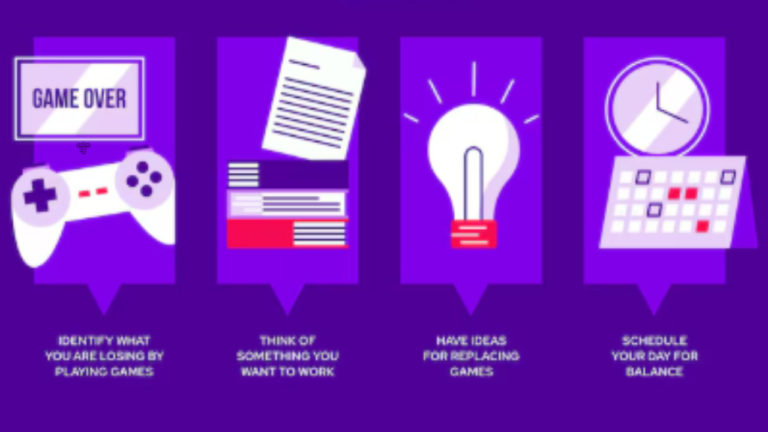EAMS Case Search: Expert Tips to Streamline Your Results in 2025
Introduction: What Is EAMS Case Search—and Why It Matters
The EAMS case search is a public-facing tool provided by California’s Division of Workers’ Compensation (DWC) through the Electronic Adjudication Management System (EAMS). Designed to modernize the workers’ compensation adjudication process, this digital platform streamlines case filing, tracking, and review, making case information easily accessible to attorneys, claimants, employers, and other stakeholders in 2025.
A Brief History: From Paper to Digital Efficiency
Launched in late 2008, EAMS replaced the older EDEX system and brought workers’ compensation case management into the digital age. It has since evolved into a centralized repository—allowing users to file documents, access case histories, and monitor hearing schedules without the inefficiencies of paperwork and fragmented records.
How to Use the EAMS Case Search: Step-by-Step Guide
- Visit the EAMS Public Search Portal
Access the tool through the DWC website under “Public Search.” It grants free, limited access to case summaries and hearing details without needing an account. - Provide Requestor Information
Before proceeding, you’re required by California law to enter your name, email, and reason for the search. Surprisingly, the system accepts playful or gibberish inputs (“Santa Claus”, “eodoijddd”)—a gap noted by some legal observers. - Select Your Search Criteria
You may search using:
- Case Number – ideally with the “ADJ” prefix for adjudication cases (e.g., ADJ1234567)
- Party Name – injured worker or employer
- Additional filters: date of injury, hearing date, venue, etc.
- Case Number – ideally with the “ADJ” prefix for adjudication cases (e.g., ADJ1234567)
- Submit and Review Results
The system shows case status, judge, next hearing details, and recent events from the past six months. It also indicates whether the case is archived or active. - Understand Timings and Limitations
Updates reflect the previous day’s data—there’s a one‑day lag. The session also times out after about 15 minutes of inactivity.
Demystifying EAMS Case Numbers: ADJ, Legacy Formats, and More
- EAMS Format: Cases are typically prefixed with “ADJ” to indicate Adjudication Unit cases, followed by digits (e.g., ADJ1234567).
- Legacy Numbers: Older cases use codes like OAK0123456 (venue + digits). You can convert these via the search tool to their ADJ equivalent.
- Variants: Other prefixes reflect other units (e.g., DEU, RSU, UEF), and they’re not all searchable through the same interface.
Public vs. Confidential Data: What You Can—and Can’t—See
What You Can Access Publicly:
- Case number, status, venue, injury date
- Assigned judge and hearing schedules
- Roles of parties involved (except private addresses)
Privileged Information Kept Confidential:
- Injured worker’s residential address
- Social Security Numbers and medical records
Legal Safeguards:
- Sec. 138.7 requires requestor disclosure and prohibits unauthorized sharing; violations risk legal consequences.
Expert Tips to Maximize Your EAMS Case Search Success in 2025
- Always use the full case number with the “ADJ” prefix when available—it’s the most accurate search method.
- Experiment with name variations and date ranges if a case number isn’t known; common misspellings can yield better results.
- Apply filters prudently—filters like injury period, hearing date, or venue help zero in on results.
- Check close to hearing dates, because last-minute updates may not show if you’re only using daily lag data.
- Maintain privacy: even though the system may not enforce strict names/emails, do not share retrieved data unless clearly permitted.
Who Benefits Most from EAMS Case Search?
- Injured Workers: Track hearing dates and claim status independently.
- Attorneys & Representatives: Access case logistics without depending on courts.
- Employers & Claims Admins: Quickly monitor claims and deadlines.
- Medical Providers: Confirm case details to guide treatments or evaluations.
Common Pitfalls & Technical Quirks to Watch
- Name or spelling errors can lead to no results—be as precise as possible.
- System lag—search this morning may not reflect filings or hearing changes from yesterday afternoon.
- Session timeouts—plan ahead or avoid losing progress if you’re idle for 15+ minutes.
Looking Ahead: The Future of EAMS Case Search
EAMS remains the cornerstone of workers’ compensation transparency in California. As digital systems evolve, there’s potential for:
- More refined search parameters
- Automated alerts
- Tighter privacy enforcement and logging of user activity
But for now, in 2025, mastering EAMS means navigating its existing structure with accuracy and awareness.
Tech Blaster
Conclusion: Master Your EAMS Case Search Strategy in 2025
The eams case search tool transforms how stakeholders access and manage case information in the California workers’ compensation system. With a simple interface, careful application of search techniques, and respect for privacy laws, you can get fast access to case statuses, hearing schedules, and judicial assignments.







